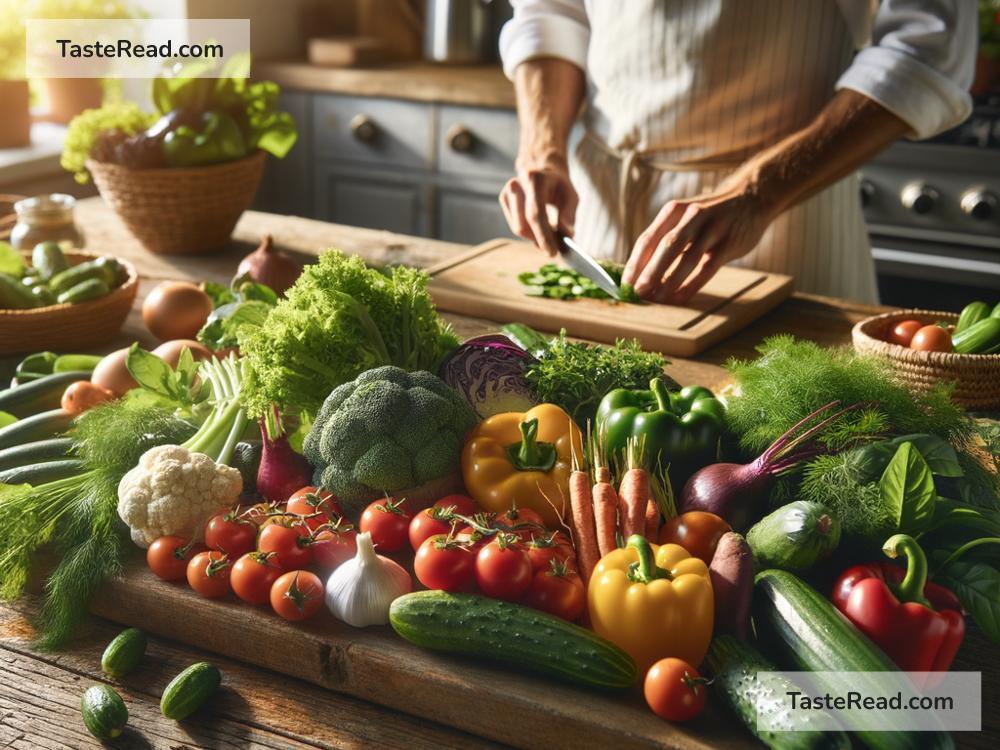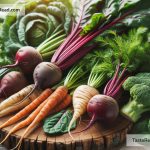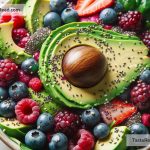Embrace the Natural: Cooking with Non-Toxic, Pesticide-Free Ingredients
In our busy lives, cooking can be viewed as just another chore at the end of a long day. However, it’s more than just a necessity – it’s an opportunity to nourish our bodies, delight our senses, and even protect our planet. One key aspect of making the most out of our meals is choosing non-toxic, pesticide-free ingredients. This choice is more than a trend; it’s about health, taste, and sustainability.
Why Choose Non-Toxic, Pesticide-Free Ingredients?
First things first, let’s talk about why this choice matters. Pesticides are chemicals used to kill pests that threaten crops. While they have their place in agriculture, their residues on fruits and vegetables can be harmful to human health. Long-term exposure to these chemicals has been linked to a number of health issues, including neurological problems and certain cancers.
Moreover, the environmental impact of pesticide use cannot be overlooked. These chemicals can contaminate soil, water, and other vegetation, harming wildlife and leading to a loss of biodiversity.
Choosing non-toxic, pesticide-free ingredients means we’re opting for foods that are healthier for us and kinder to the environment. But how do we start? Here are some practical tips.
Going Organic
The most straightforward way to avoid pesticides is to choose organic foods. Organic farming practices are designed to reduce pollution and conserve water and soil, aside from not using synthetic pesticides or fertilizers. When shopping, look for products with an “organic” certification – this label is your assurance that the ingredient meets the standards set for organic farming.
Visit Local Farmers’ Markets
Local markets are treasure troves of fresh, seasonal produce, often grown without harmful pesticides. By shopping at these markets, you’re not only getting healthier food but you’re also supporting local farmers and the local economy. Plus, chatting with farmers can give you insights into how the food was grown, and they might even share some cooking tips!
Grow Your Own
Ever thought about starting your own little vegetable garden? Growing your own food can be incredibly rewarding, and it’s the best way to ensure your ingredients are pesticide-free. Start small with easy-to-grow herbs like basil or mint, and as you get more comfortable, you can expand to vegetables like tomatoes and lettuce. Not only will you have fresh ingredients at your fingertips, but gardening can also be a great way to relax and connect with nature.
Washing and Peeling
For those times when you can’t find or afford organic produce, make sure to wash your fruits and vegetables thoroughly. Washing can help remove some of the pesticide residues, although it won’t get rid of them completely. Peeling is another option, though it’s worth noting that you might also be peeling away many of the valuable nutrients found in the skin.
Reading Product Labels
It’s not just fresh produce that can contain pesticides – they can also linger in canned, frozen, and processed foods. That’s why it’s important to read labels carefully. Look out for ingredients that are organic or have a clear non-pesticide certification. While this can sometimes mean a higher price tag, it’s worth considering the benefits to your health and the environment.
The Taste Test
Aside from the health and environmental benefits, many people find that organic and pesticide-free food simply tastes better. Without the interference of chemicals, the natural flavors of the food can shine through. An organically grown tomato, for instance, is likely to taste more tomato-y than its conventionally grown counterpart. It’s a difference that becomes more apparent the more you cook with organic ingredients.
Conclusion
Opting for non-toxic, pesticide-free ingredients is a choice that reverberates far beyond our kitchens. It’s about taking a stand for our health, supporting sustainable practices that protect the environment, and enjoying food that tastes the way nature intended. While it might require a bit more effort and, sometimes, a bit more cost, the benefits are well worth it. As we become more conscious of our food choices, we foster a healthier planet and a healthier future for ourselves and generations to come. Embrace the natural – your body, taste buds, and the earth will thank you.


